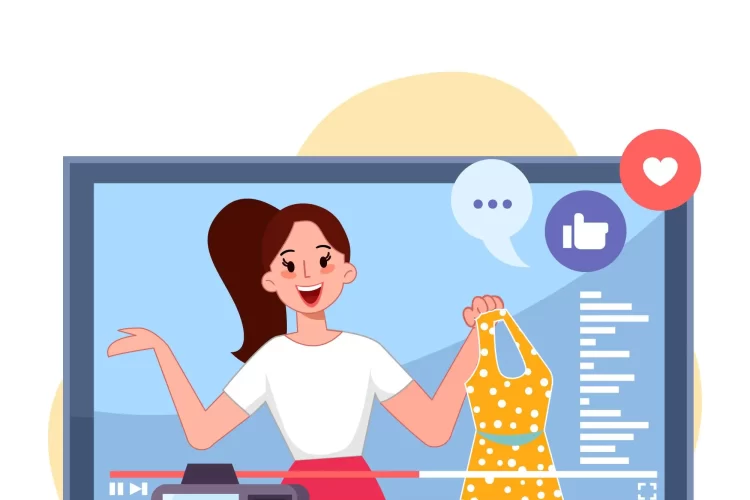
Facebook Ads remain a powerful tool for creative digital marketing agencies of all sizes. But with a vast user base, targeting the right people can feel overwhelming. Here’s where Facebook’s audience targeting features come in – specifically, Custom Audiences and Lookalike Audiences. While both help refine your reach, they serve distinct purposes in your marketing strategy. Let’s delve into the differences between Facebook Custom Audiences vs. Lookalike Audiences to help you choose the right approach for your campaigns.
Custom Audiences: Reconnecting with Existing Connections
Think of Custom Audiences as your “warm leads.” These are people who have already interacted with your brand in some way. Here are the different ways to build Custom Audiences:
- Website Traffic: Leverage the Facebook Pixel to create an audience of website visitors. You can further segment by specific pages visited or actions taken (e.g., added items to cart).
- Customer List Upload: Upload your email list, phone numbers, or other customer data to target existing customers or leads.
- App Activity: Reach users who have interacted with your mobile app, allowing you to retarget those who haven’t completed desired actions.
- Engagement on Facebook: Target people who have liked your page, engaged with your posts, or watched your videos. This is a great way to re-engage past audiences.
- Offline Interactions: Include people who have interacted with your brand offline, like attending events or making in-store purchases (if you can match data)
Benefits of Using Custom Audiences:
- Increased Relevancy: Ads are more relevant to existing leads, improving engagement and conversion rates.
- Brand Recall: Retarget website visitors or past customers to stay top-of-mind and encourage repeat purchases.
- Improved Targeting: Segment your audience based on specific interactions for highly targeted campaigns.
- Cross-Selling & Upselling: Target existing customers with relevant product recommendations based on their purchase history.
Lookalike Audiences: Expanding Your Reach to Similar Audiences
Lookalike Audiences take your targeting a step further. Based on a source audience (typically a high-performing Custom Audience), Facebook uses machine learning to identify new users with similar characteristics.
Here are some examples of source audiences for Lookalike Audiences:
- High-Value Customers: Target new users with demographics and interests similar to your best customers.
- Website Converters: Reach new users with similar browsing behaviors to those who convert on your website.
- Engaged Followers: Expand your reach to Facebook users who share interests with your most engaged followers.
Benefits of Using Lookalike Audiences
- Reach New Customers: Discover potential customers with a high likelihood of being interested in your brand.
- Scalability: Continuously expand your target audience beyond existing connections.
- Improved Conversion Rates: Target users primed for conversion due to their resemblance to your high-performing audience.
- Brand Awareness: Introduce your brand to new audiences who share similar traits to your ideal customer.
Choosing the Right Audience
The best choice depends on your campaign goals:
- Re-engagement & Brand Recall: Use Custom Audiences to reconnect with past website visitors, app users, or existing customers.
- Brand Awareness & Customer Acquisition: Use Lookalike Audiences to reach new potential customers with a high likelihood of interest.
Pro Tips for Effective Targeting
- Start with a Strong Source Audience: The quality of your source audience (Custom Audience) directly impacts the quality of your Lookalike Audience.
- Refine Your Targeting: Don’t just rely on Facebook’s suggestions. Refine your Lookalike Audience size (1-10%) based on desired reach and precision.
- Test & Analyze: Run A/B tests with different Custom and Lookalike Audiences to see which ones perform best.
- Track Performance: Monitor key metrics like impressions, clicks, conversions, and cost-per-acquisition (CPA) to optimize campaigns.
Conclusion
By understanding the distinctions between Custom Audiences and Lookalike Audiences, you can tailor your Facebook Ads strategy to achieve optimal results. Remember, it’s often a combination of both approaches that leads to successful campaigns, allowing you to reconnect with existing connections and expand your reach to valuable new audiences.


